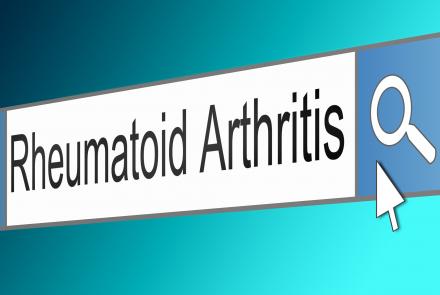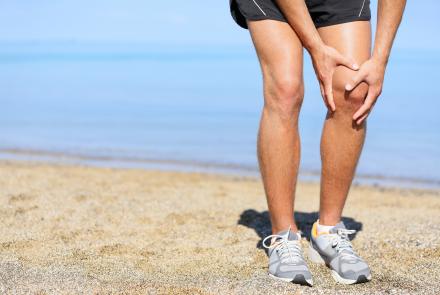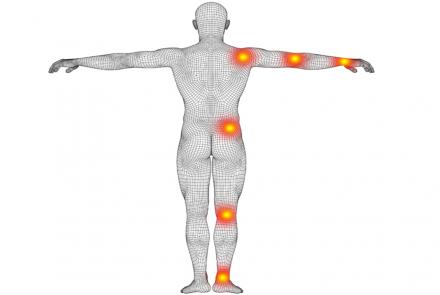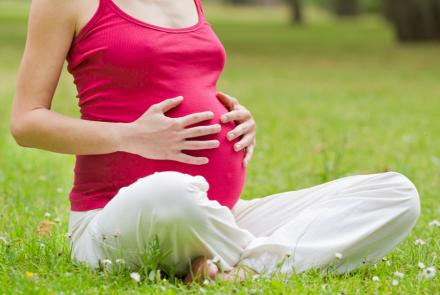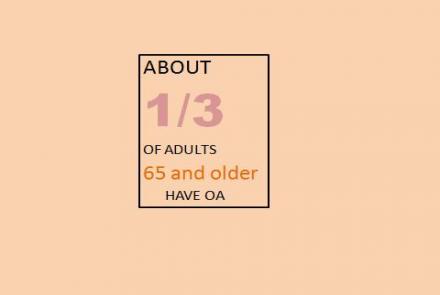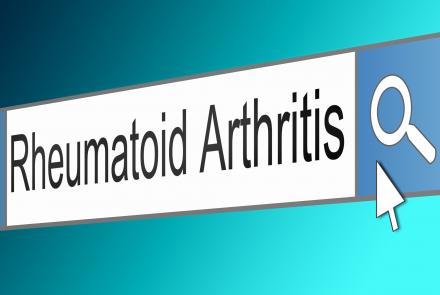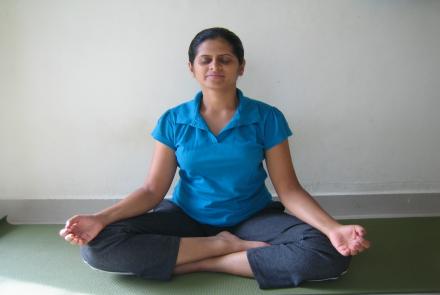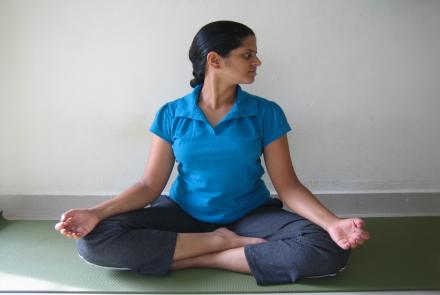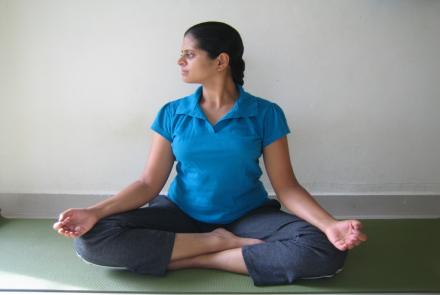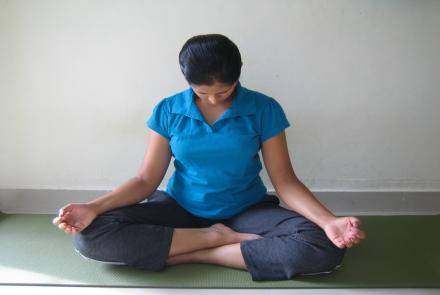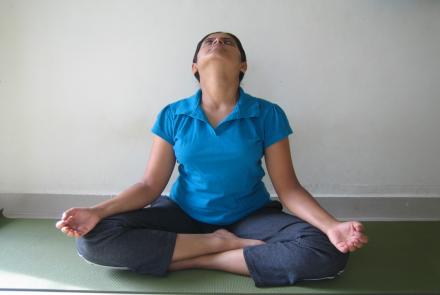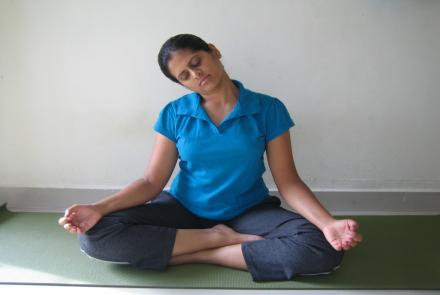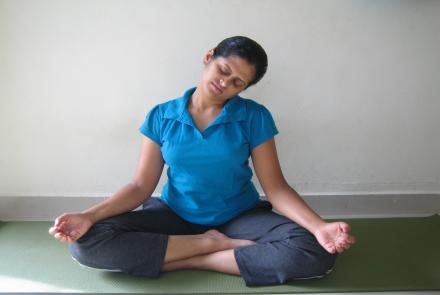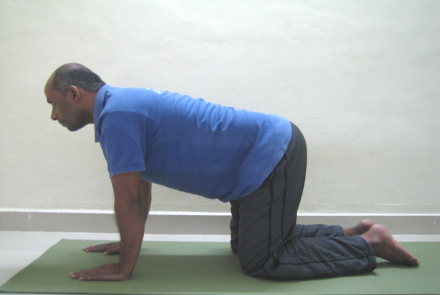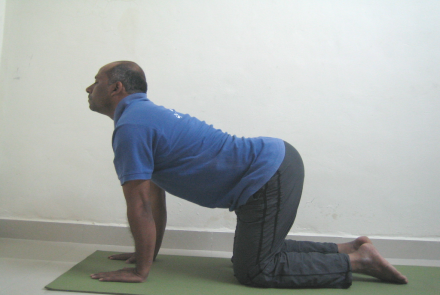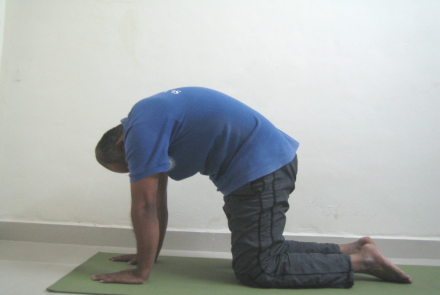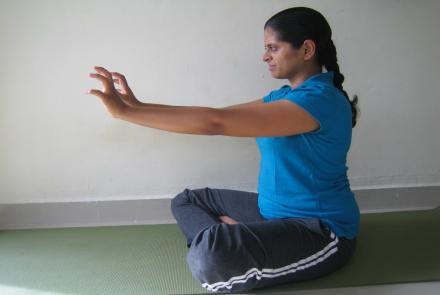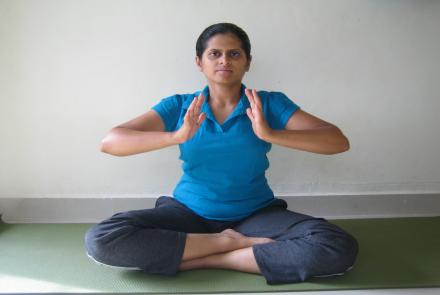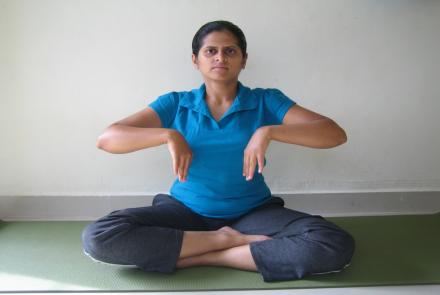For 48-year-old Sachi Pathak, life was never pain-free. A sports enthusiast, Sachi was always ahead in participating in all gymnastic activities in her school. One day while forming a pyramid (a gymnastic formation) she fell on her knees. Her knees became stiff and her movement became limited. She was rushed to the nearest hospital and over a series of diagnostic tests it was found that she suffered from rheumatoid arthritis.
In Sachi’s case, RA had affected both her knees and hip joints…
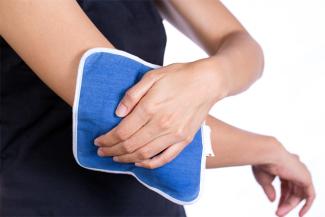
Are you confused as to when to use Ice Pack and when to use Heat to deal with pain, injury and inflammation? This infographic below sums it up quite simply.
According to Dr. Bhuvaneswari, a quick guideline to follow is:
Ice pack is preferred if it is a recent and acute pain episode especially injury which may be a blood clot, muscle tear or tendon tear. For instance most sport and exercse injuries.
Heat or warmth for Chronic pain with stiffness, especially joint related pain as in Arthritis.
And watch out for Paraffin wax treatments. They can cause burns as well.

For the options of heat and ice packs and other tips, refer to the full article at https://health.clevelandclinic.org/2014/08/should-you-use-ice-or-heat-for-pain-infographic/amp/
Changed
02/Nov/2017

